Home>Ideas and Tips>Indoor Croton Plant Care: Colorful Foliage Houseplant Guide
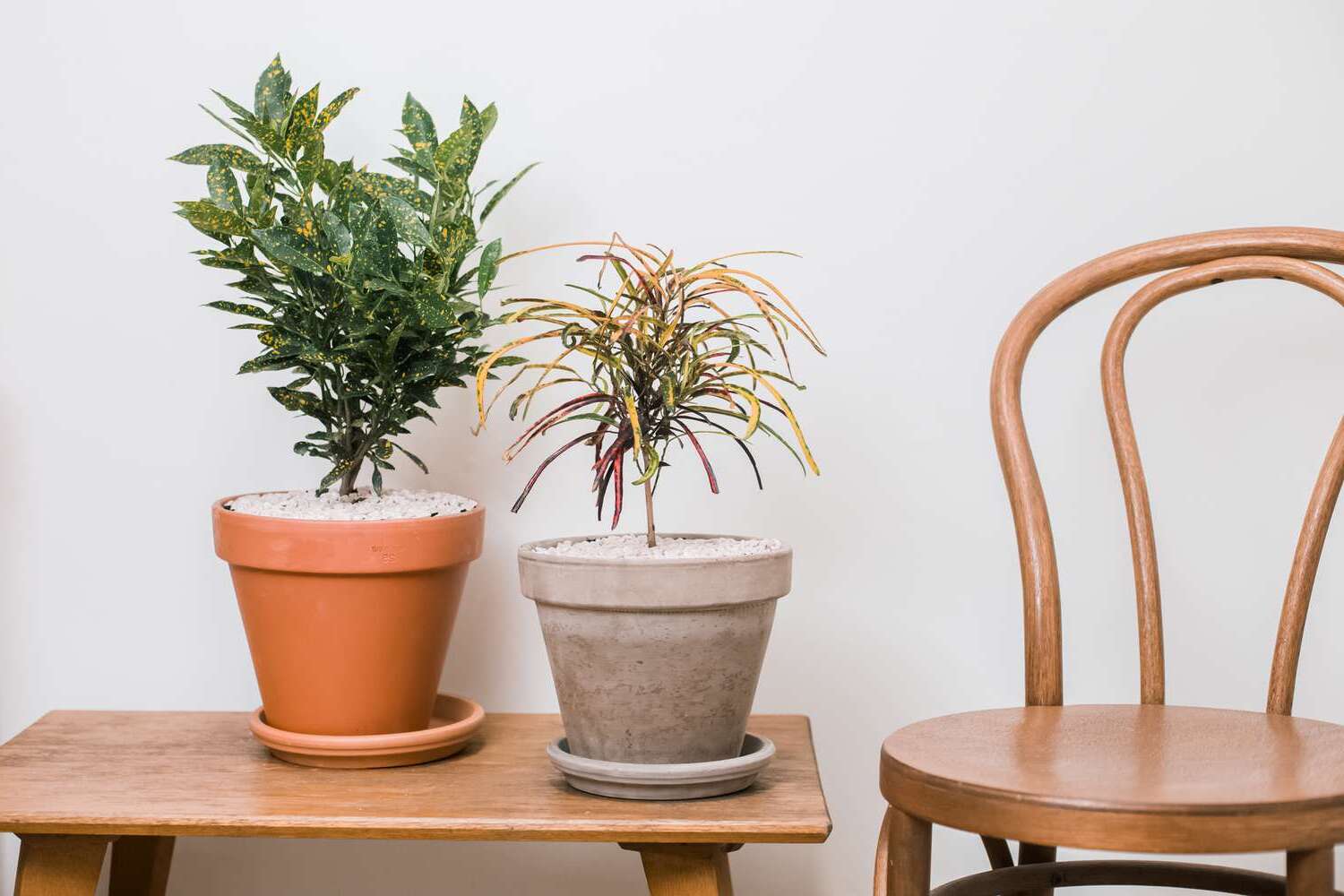

Ideas and Tips
Indoor Croton Plant Care: Colorful Foliage Houseplant Guide
Published: September 24, 2024
Learn how to care for your indoor croton plant with our comprehensive guide. Discover tips on lighting, watering, and more for vibrant, colorful foliage.
(Many of the links in this article redirect to a specific reviewed product. Your purchase of these products through affiliate links helps to generate commission for Storables.com, at no extra cost. Learn more)
Introduction
Croton plants, scientifically known as Codiaeum variegatum, are a popular choice for indoor gardening due to their vibrant, multicolored foliage. These tropical plants add a burst of color and energy to any room, making them an excellent addition to any home decor. However, caring for a croton plant can be a bit challenging, especially if you are new to indoor gardening. In this comprehensive guide, we will cover everything you need to know about caring for your indoor croton plant, from lighting and watering to temperature and humidity preferences.
Lighting
One of the most critical factors in croton plant care is lighting. Crotons are known for their stunning colors, which are enhanced by bright, indirect light. Direct sunlight can cause the leaves to burn, so it's essential to place your croton in a spot that receives plenty of natural light but is protected from direct sun exposure.
How Much Light Does My Croton Need?
Crotons prefer bright, indirect light. If possible, place your croton in a room with an eastern or southern exposure window. These windows receive gentle, indirect sunlight that is perfect for croton plants. If you don't have access to a window with natural light, you can use grow lights to supplement the light your plant needs. However, avoid placing your croton in a spot with unfiltered direct sunlight as this can cause the leaves to become scorched and lose their vibrant colors.
Watering
Proper watering is crucial for maintaining the health of your croton plant. Overwatering is one of the most common mistakes people make when caring for indoor plants, and it can lead to root rot and other problems. Here’s how you should water your croton:
How Often Should I Water My Croton?
Crotons need to be watered regularly but not too much. The ideal time to water your croton is when the top inch of soil feels dry to the touch. This means you should check the soil moisture before watering. If the top inch of soil is dry, it's time to water your plant. Water thoroughly until you see water flowing out of the drainage hole at the bottom of the pot, and discard any excess water that accumulates in the saucer.
Watering Tips
- Check Soil Moisture: Before watering, always check the soil moisture by sticking your finger into the soil up to the first knuckle. If the soil feels dry, it's time to water.
- Water Thoroughly: When you do water your croton, make sure to water thoroughly until you see water coming out of the drainage holes. This ensures that the roots receive enough moisture.
- Avoid Overwatering: Crotons prefer moist soil but not waterlogged soil. Avoid overwatering as this can lead to root rot and other problems.
Temperature
Temperature is another critical factor in croton plant care. These plants thrive in warm temperatures and can be sensitive to cold drafts.
What’s the Best Temperature for My Croton?
Crotons prefer temperatures between 60°F and 80°F (15°C and 27°C). Keeping your room at this temperature range will help maintain the health of your plant. If the temperature drops below 60°F (15°C), your croton may start to drop its leaves as a response to the cold.
Avoiding Cold Drafts
Crotons are sensitive to cold drafts, so it's essential to keep them away from windows and doors during winter months. If you live in an area with cold winters, consider moving your croton indoors or using a space heater to maintain a warm environment around the plant.
Humidity
Crotons thrive in humid environments, which can be challenging to maintain indoors. However, there are several ways to increase the humidity around your plant:
How Much Humidity Does My Croton Need?
Crotons prefer high humidity levels between 40% and 80%. If your home is particularly dry, you might notice that your croton drops some of its leaves. To combat this, you can use a humidifier near the plant or place a small plant humidifier nearby.
Boosting Humidity
Here are some methods to boost the humidity around your croton:
- Misting: Mist the leaves of your croton regularly with lukewarm water. This helps maintain the moisture levels in the leaves and keeps them healthy.
- Humidifier: Place a humidifier near the plant to increase the overall humidity in the room.
- Pebble Tray: Set a pebble tray under the pot filled with water. As the water evaporates, it increases the humidity around the plant.
Soil
The type of soil you use for your croton plant is crucial for its health. Here’s what you should look for in a good potting mix:
What Kind of Soil Does My Croton Need?
Crotons prefer well-drained, moist soil that has been enriched with compost. This type of soil provides the necessary nutrients and moisture retention that crotons need to thrive.
Preparing Your Own Potting Mix
If you prefer making your own potting mix, here’s a simple recipe:
- Mix Compost: Start by mixing compost into your potting mix. Compost adds nutrients and improves soil structure.
- Add Peat Moss: Add peat moss to improve moisture retention and drainage.
- Incorporate Perlite: Incorporate perlite or vermiculite to enhance drainage and prevent waterlogging.
Pruning
Pruning is an essential part of maintaining the health and appearance of your croton plant. Here’s how you should prune your croton:
Why Prune My Croton?
Pruning helps maintain the shape of your croton plant and encourages new growth. If you notice any dead or dying leaves, remove them immediately to prevent the spread of disease.
How to Prune My Croton
- Identify Dead Leaves: Look for leaves that are crispy, soggy, or discolored. Remove these leaves completely.
- Trim Back Leggy Stems: If your croton becomes leggy, prune it back hard at the beginning of the growing season. Remove any weak or spindly stems.
- Maintain Shape: Trim just above a node or leaf set to maintain the desired shape of your plant.
Fertilizing
Fertilizing is important for promoting healthy growth in your croton plant. Here’s how you should fertilize your croton:
When Should I Fertilize My Croton?
Fertilize your croton during its growing season, which typically runs from spring to summer. Use a balanced fertilizer once in early spring, once in early summer, and again in mid-summer.
How to Fertilize My Croton
- Choose Balanced Fertilizer: Use a balanced fertilizer that contains equal amounts of nitrogen (N), phosphorus (P), and potassium (K).
- Dilute Fertilizer: Dilute the fertilizer to half strength to avoid burning the roots of your plant.
- Apply Fertilizer: Apply the fertilizer once a month during the growing season by watering your plant thoroughly after application.
Common Problems
Despite proper care, croton plants can sometimes encounter common problems such as leaf drop or pest infestations. Here’s how you can address these issues:
Leaf Drop
Leaf drop is one of the most common issues with croton plants. This usually occurs due to cold temperatures or drafts. Here’s how you can address leaf drop:
- Check Temperature: Ensure that your room is above 60°F (15°C).
- Avoid Drafts: Keep your croton away from windows and doors during winter months.
- Increase Humidity: Use a humidifier or mist the leaves regularly to maintain high humidity levels.
Pest Infestations
Pest infestations like spider mites, mealybugs, and aphids can also affect your croton plant. Here’s how you can address pest infestations:
- Inspect Leaves: Regularly inspect the undersides of leaves for tiny eggs or insects.
- Clean Leaves: Clean off the leaves with insecticidal soap or treat affected areas with horticultural oil.
- Isolate Plant: Isolate the plant from other plants to prevent the spread of pests.
Propagation
Propagating a croton plant is relatively easy and can be done through stem cuttings. Here’s how you can propagate your croton:
How to Propagate My Croton
- Take Stem Cutting: Take a 3-4 inch stem cutting with 3-5 leaves attached.
- Prepare Cutting: Remove lower leaves from the cutting to prevent them from rotting in water.
- Plant Cutting: Plant the cutting in a small pot filled with moistened potting mix.
- Maintain Warmth: Keep the plant in a warm environment (ideally between 70°F and 80°F or 21°C and 27°C) and maintain moisture in the soil.
- Transplant: Transplant the new plant once it has developed roots and is ready for repotting.
Conclusion
Caring for an indoor croton plant requires attention to lighting, watering, temperature, and humidity levels. By following these guidelines and addressing common problems promptly, you can enjoy vibrant colors and lush foliage from your croton plant. Remember that crotons are moderately toxic to pets and humans, so keep them out of reach of children and pets. With proper care, your croton will thrive as a beautiful addition to any indoor space.
By following this comprehensive guide, you'll be well-equipped to provide the best possible care for your indoor croton plant, ensuring it remains healthy and continues to add color and beauty to your home.
Was this page helpful?
At Storables.com, we guarantee accurate and reliable information. Our content, validated by Expert Board Contributors, is crafted following stringent Editorial Policies. We're committed to providing you with well-researched, expert-backed insights for all your informational needs.

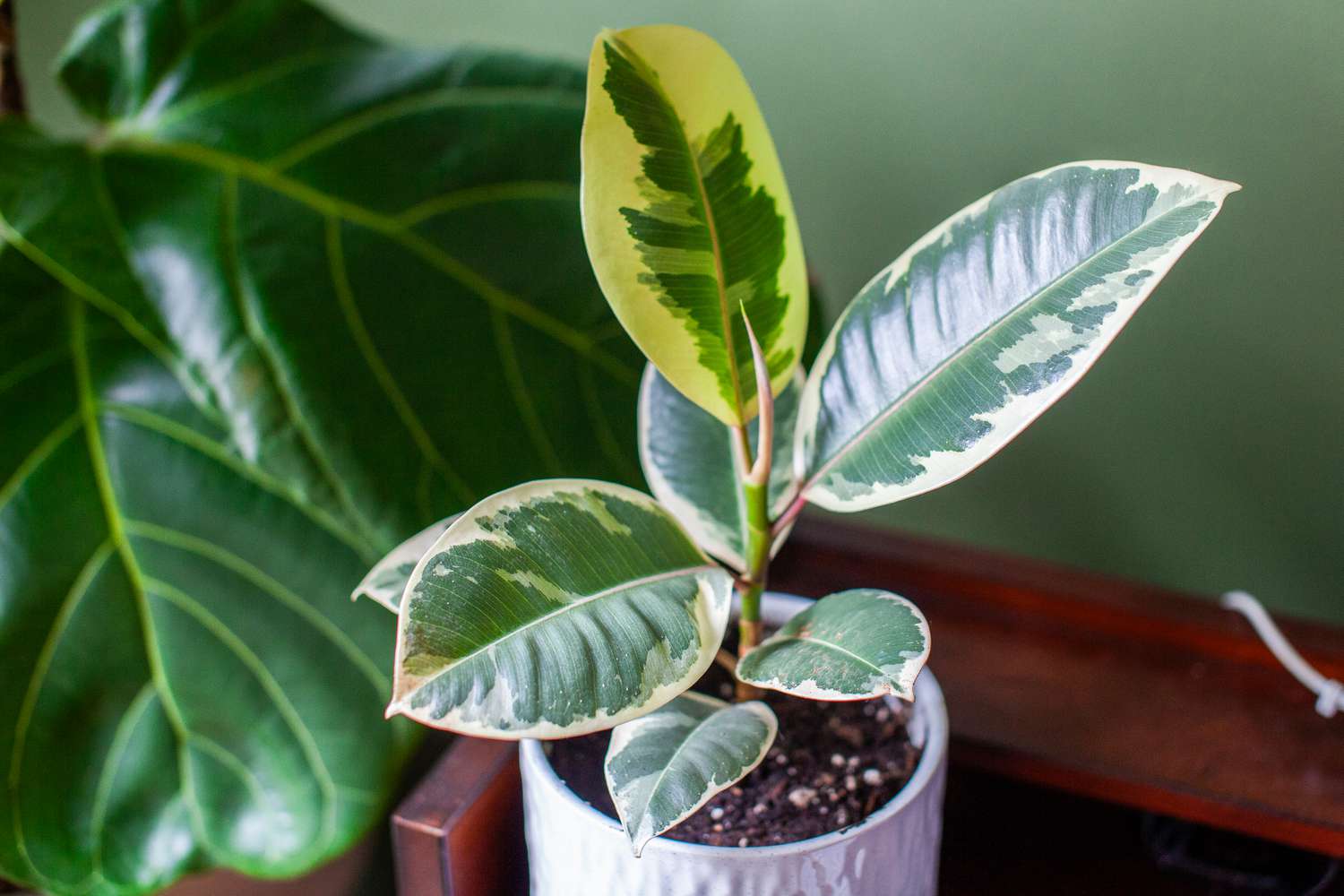
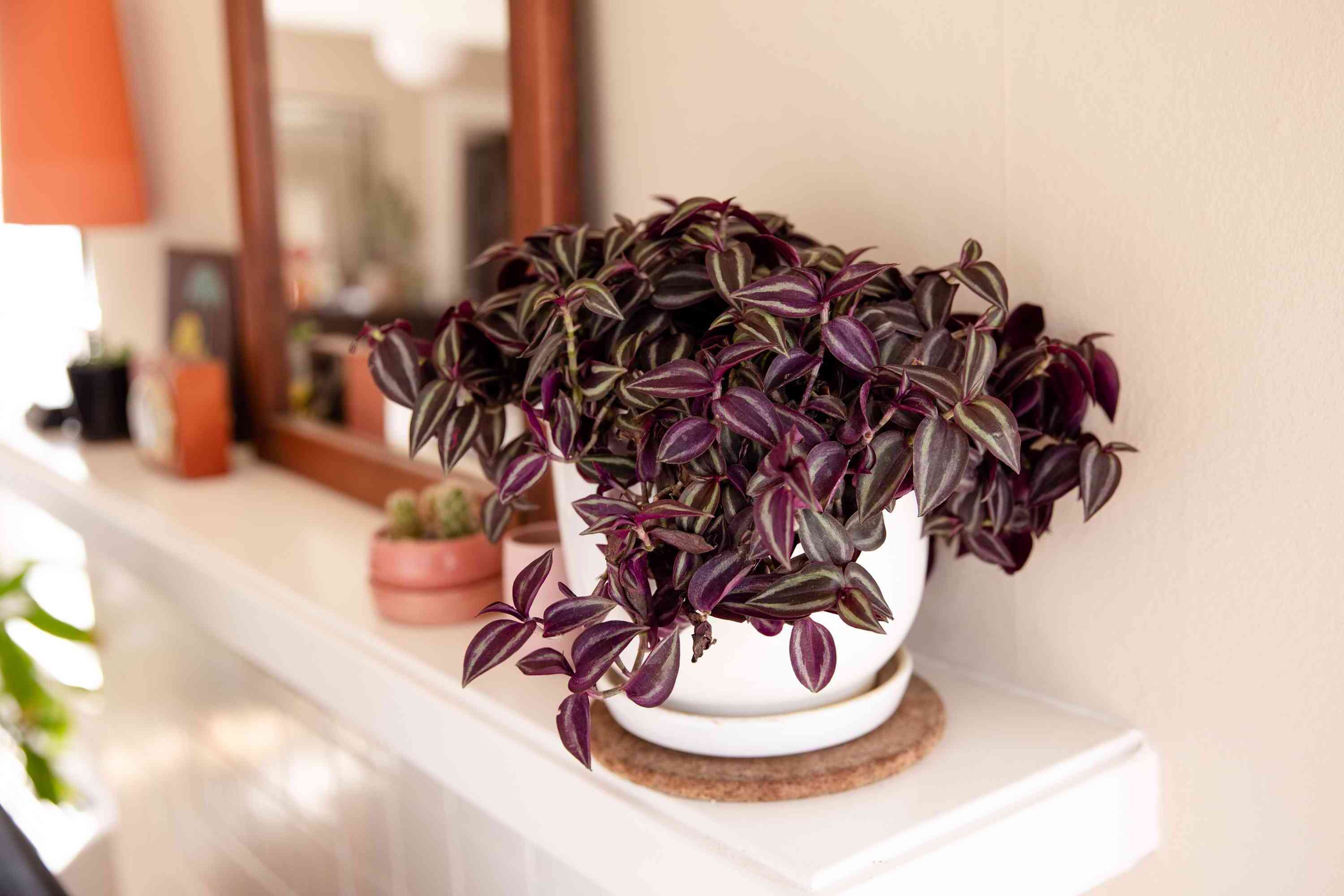
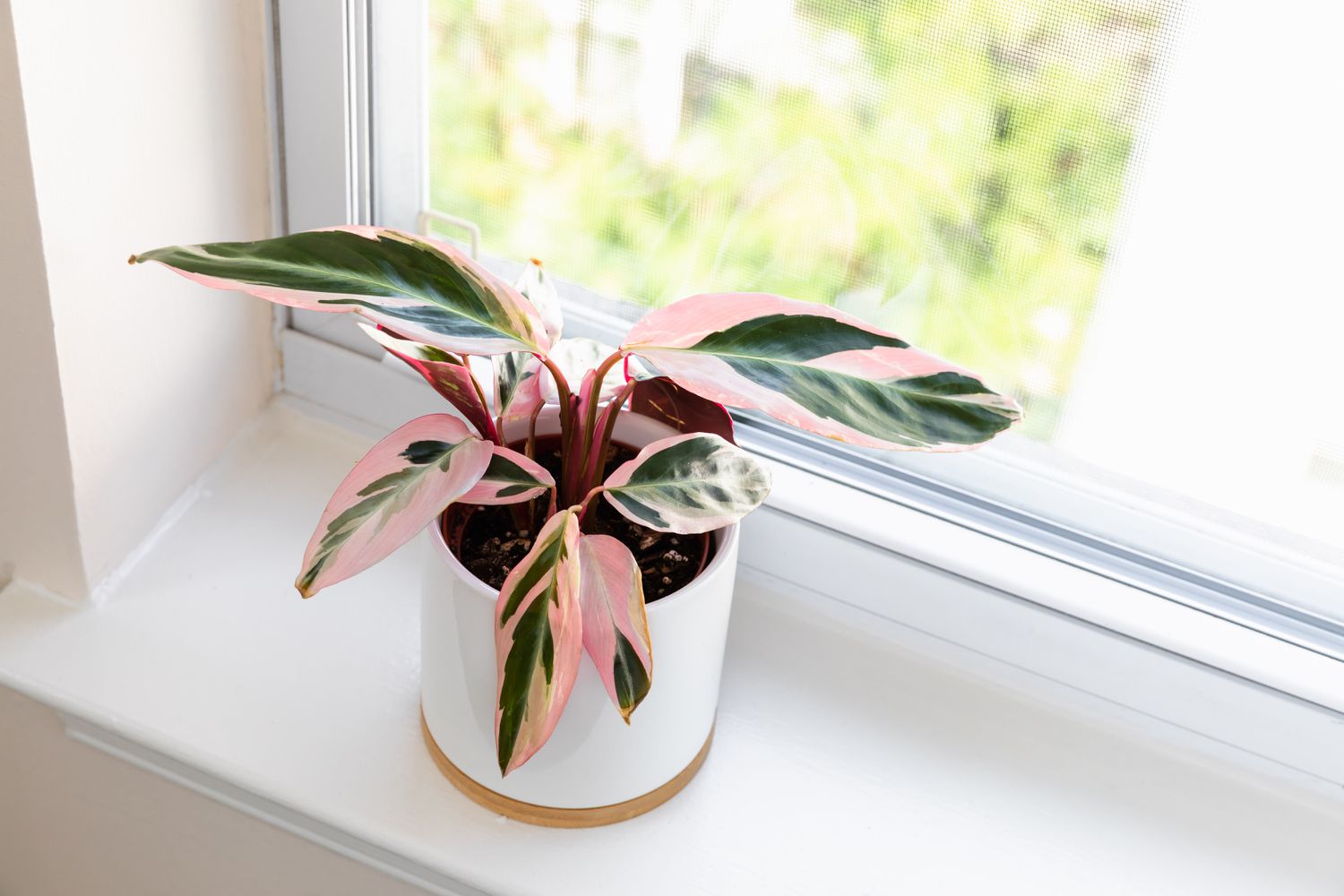

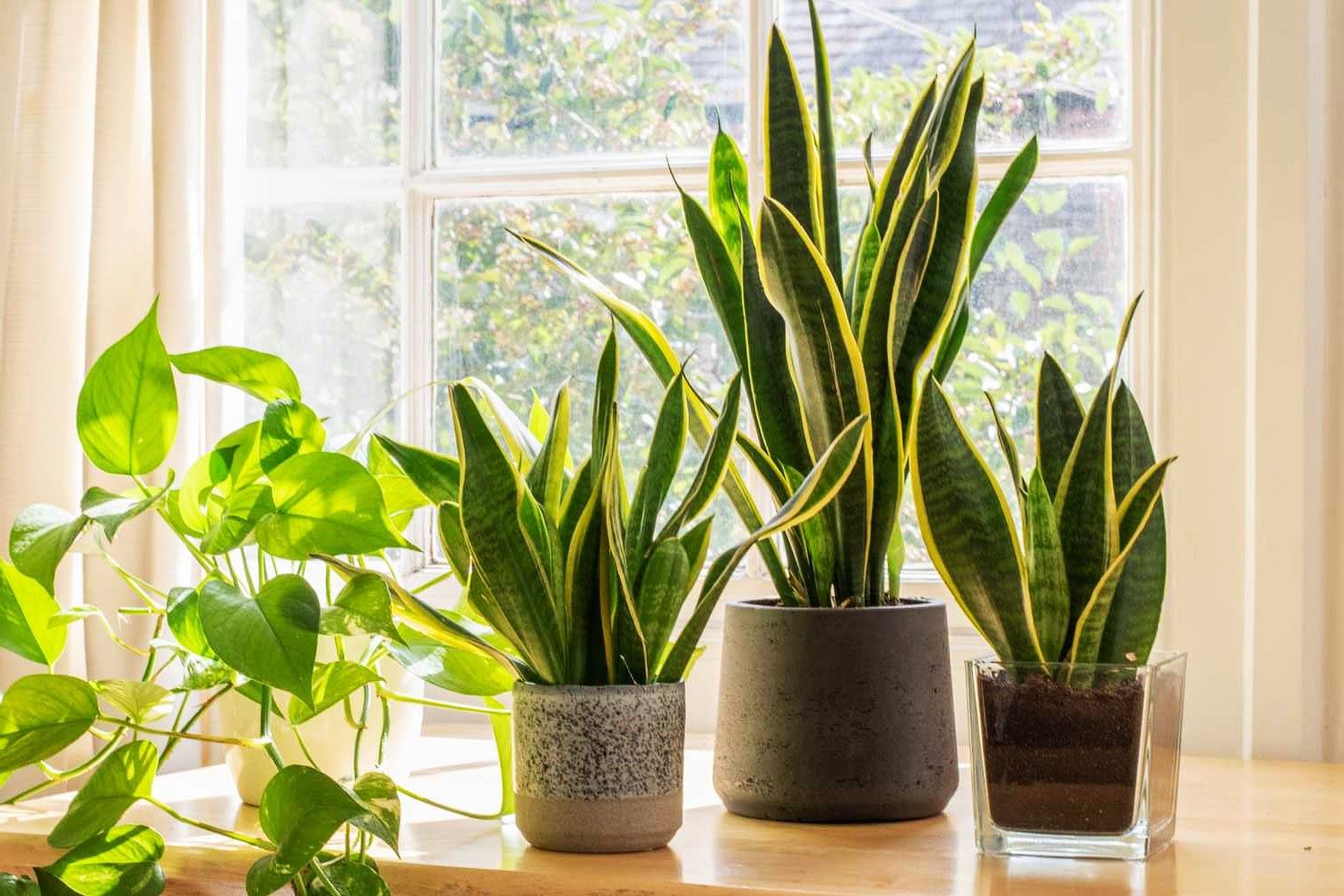
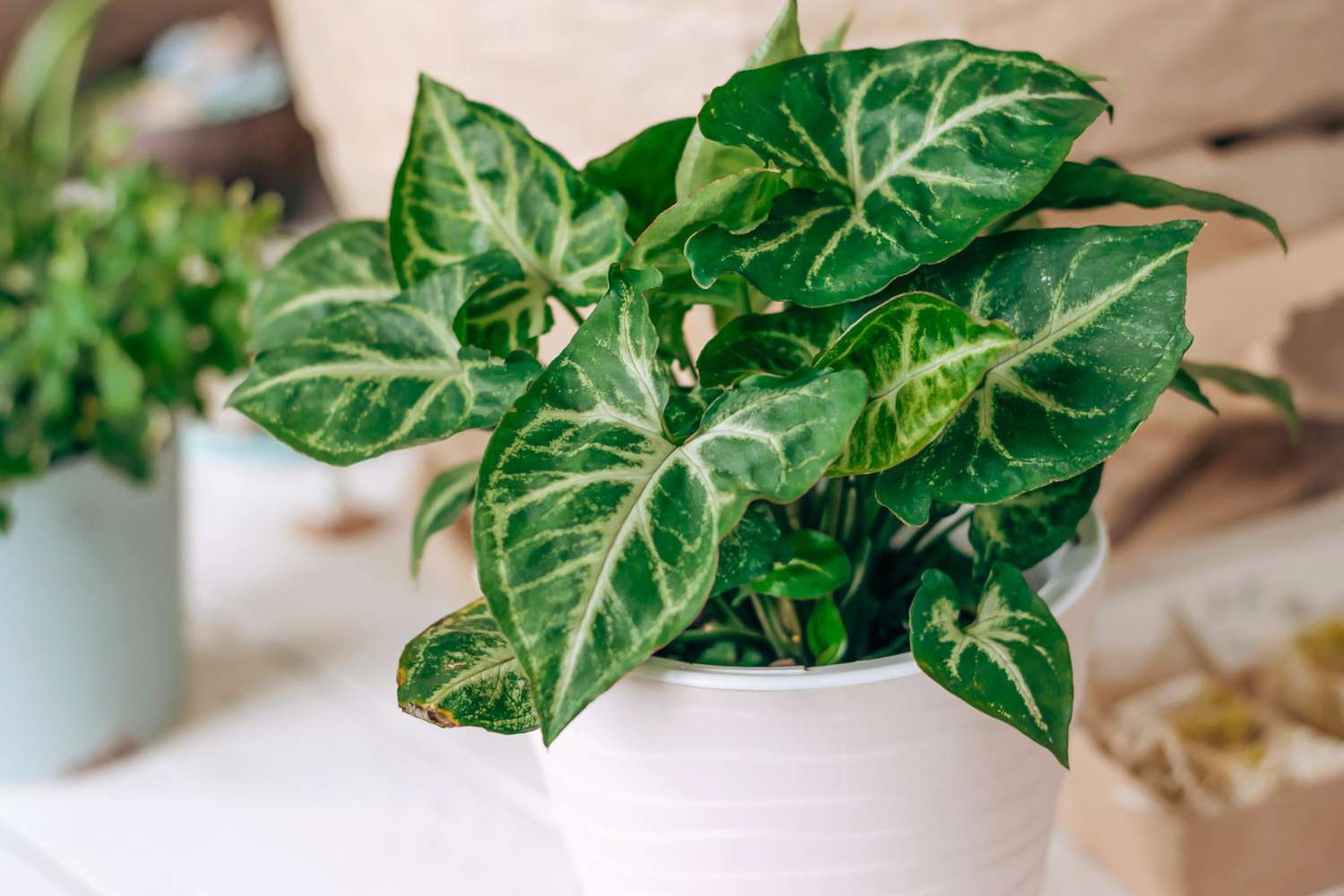
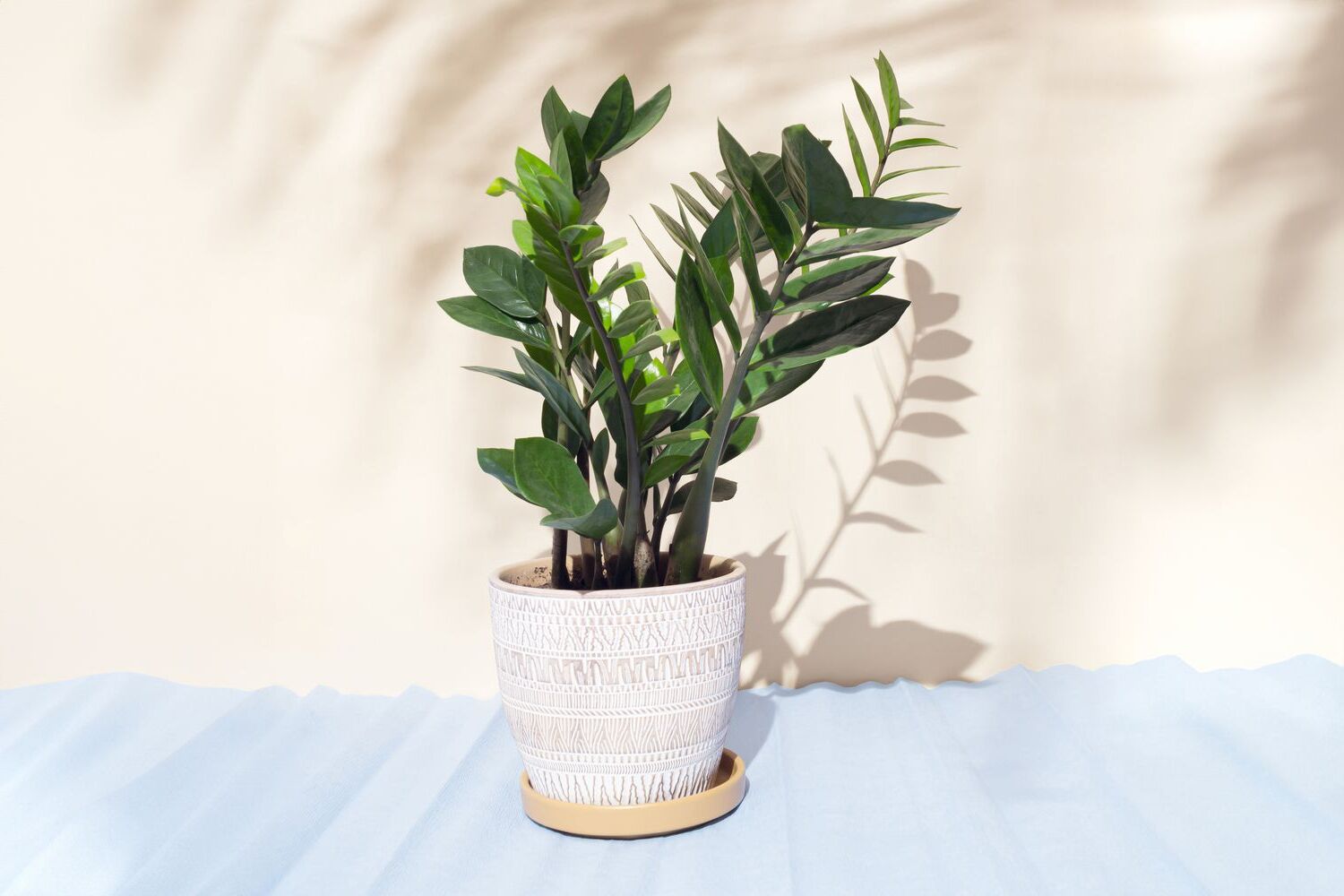
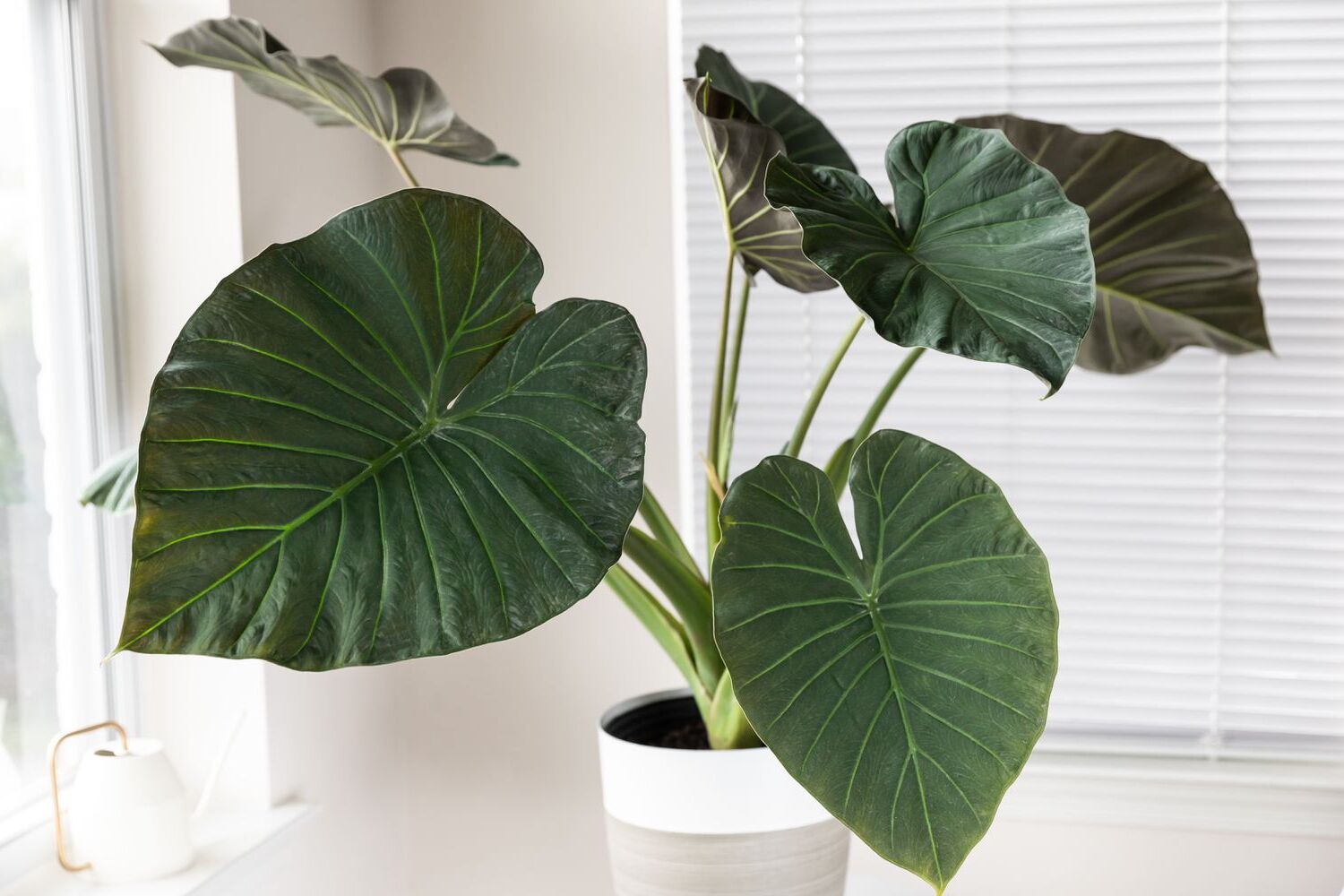
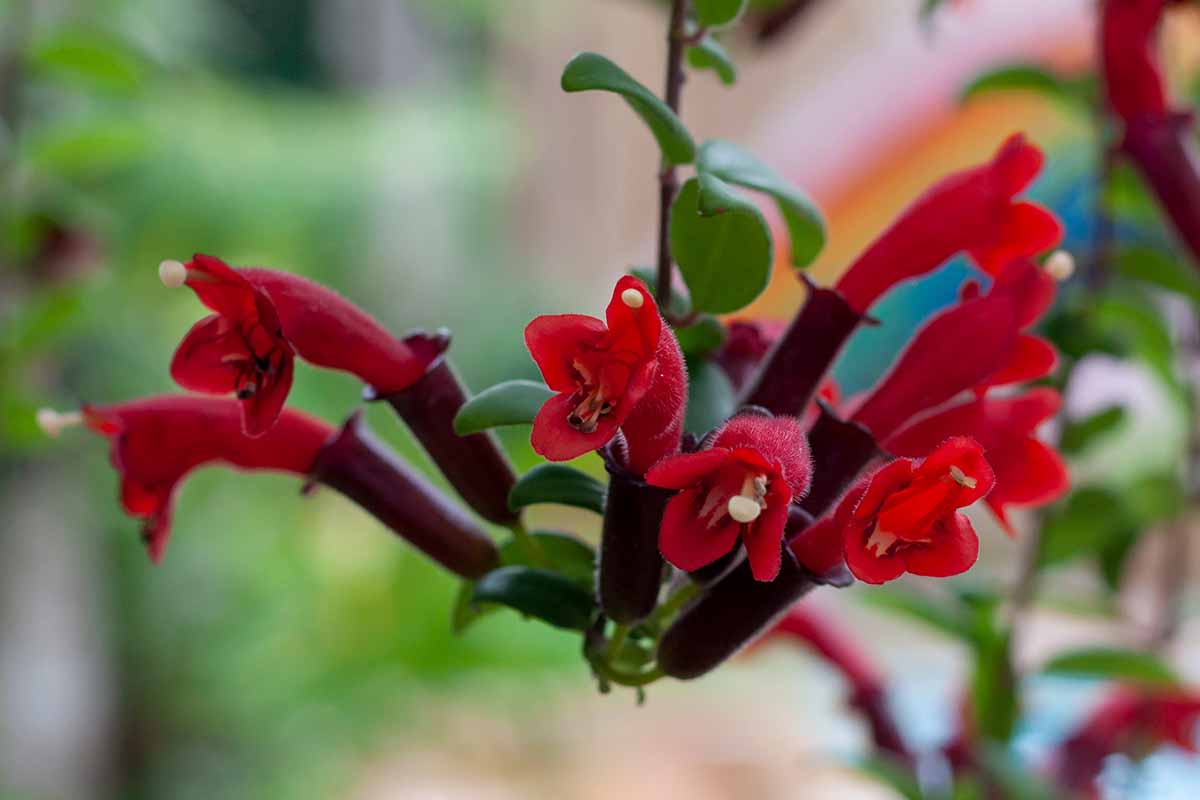
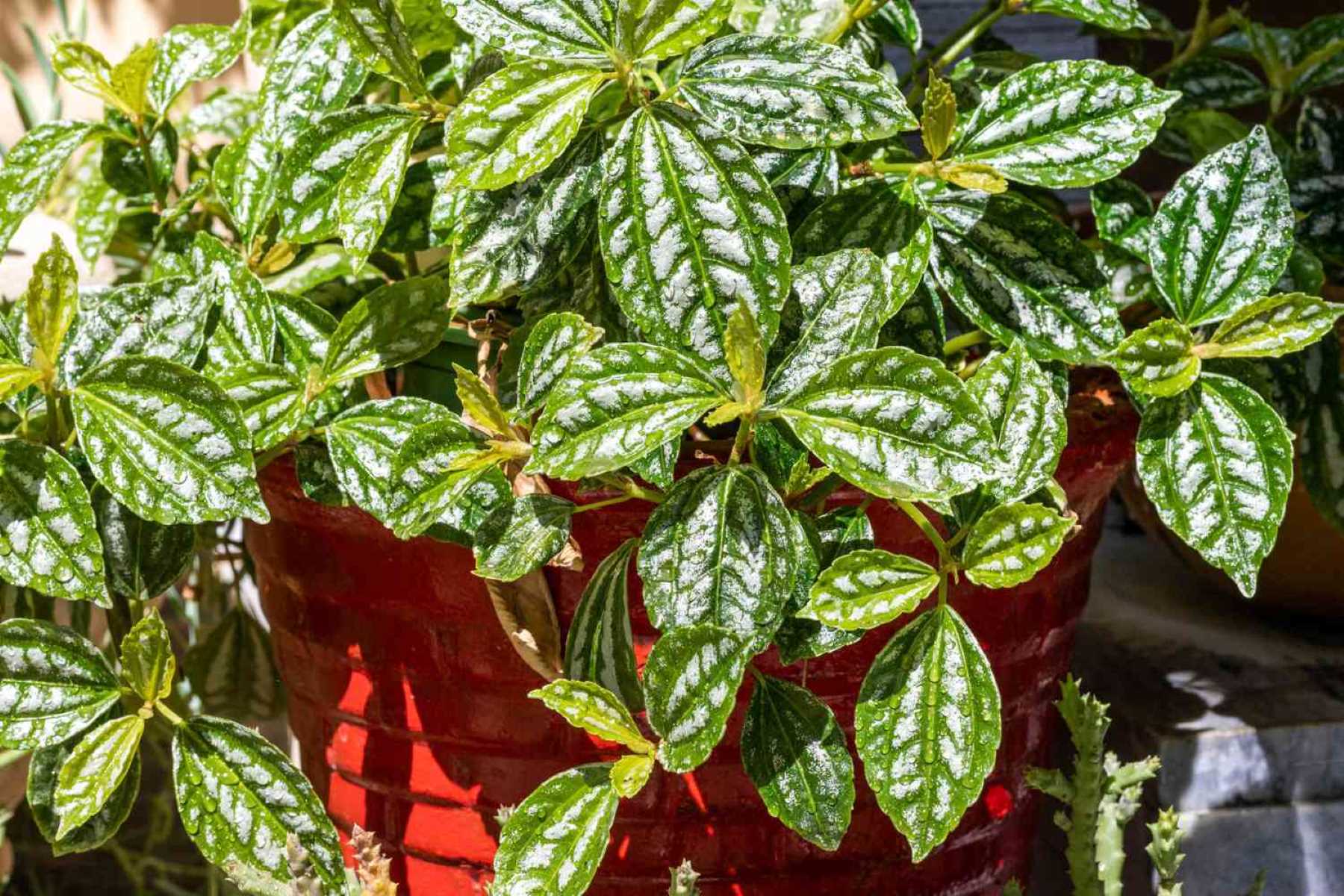
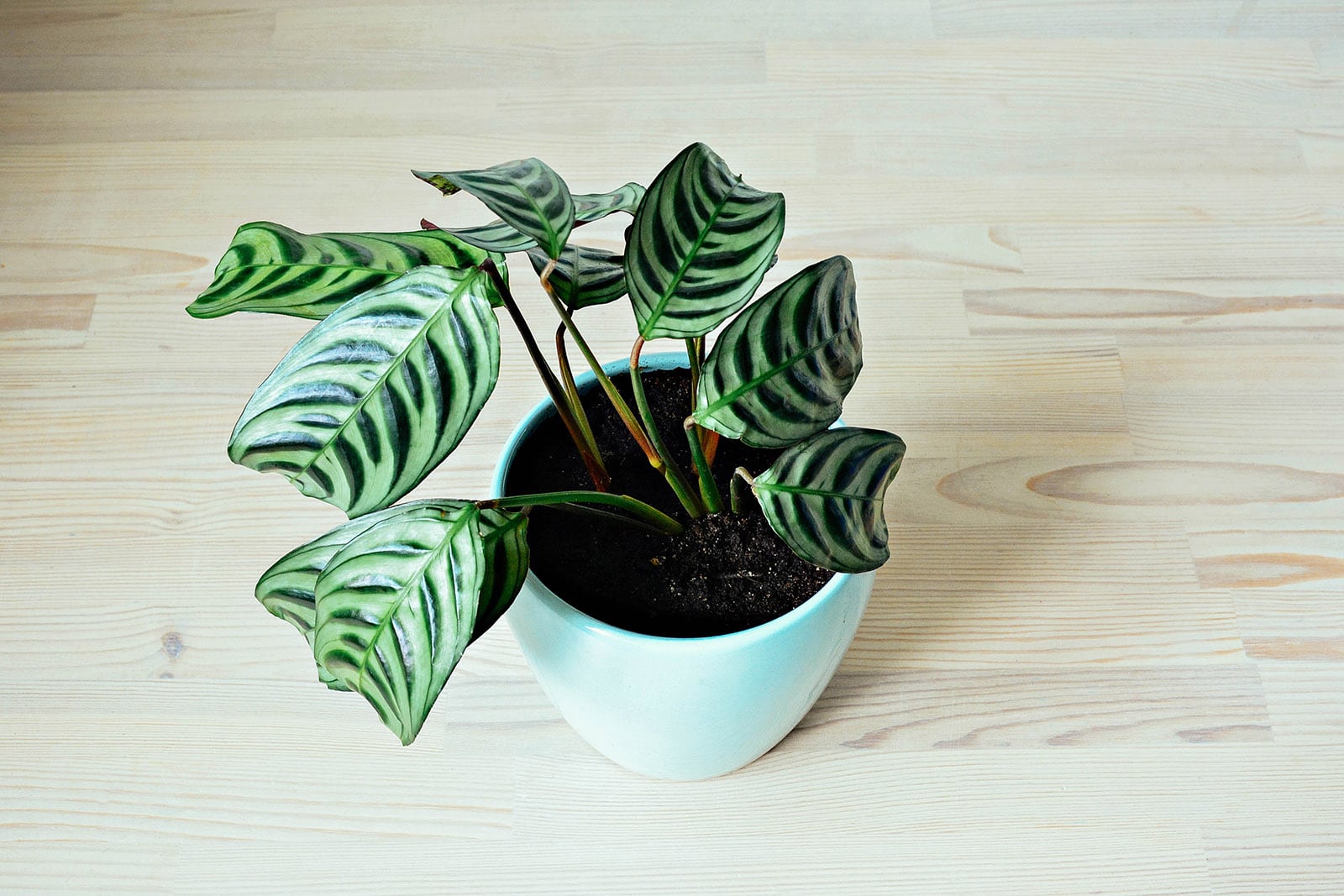
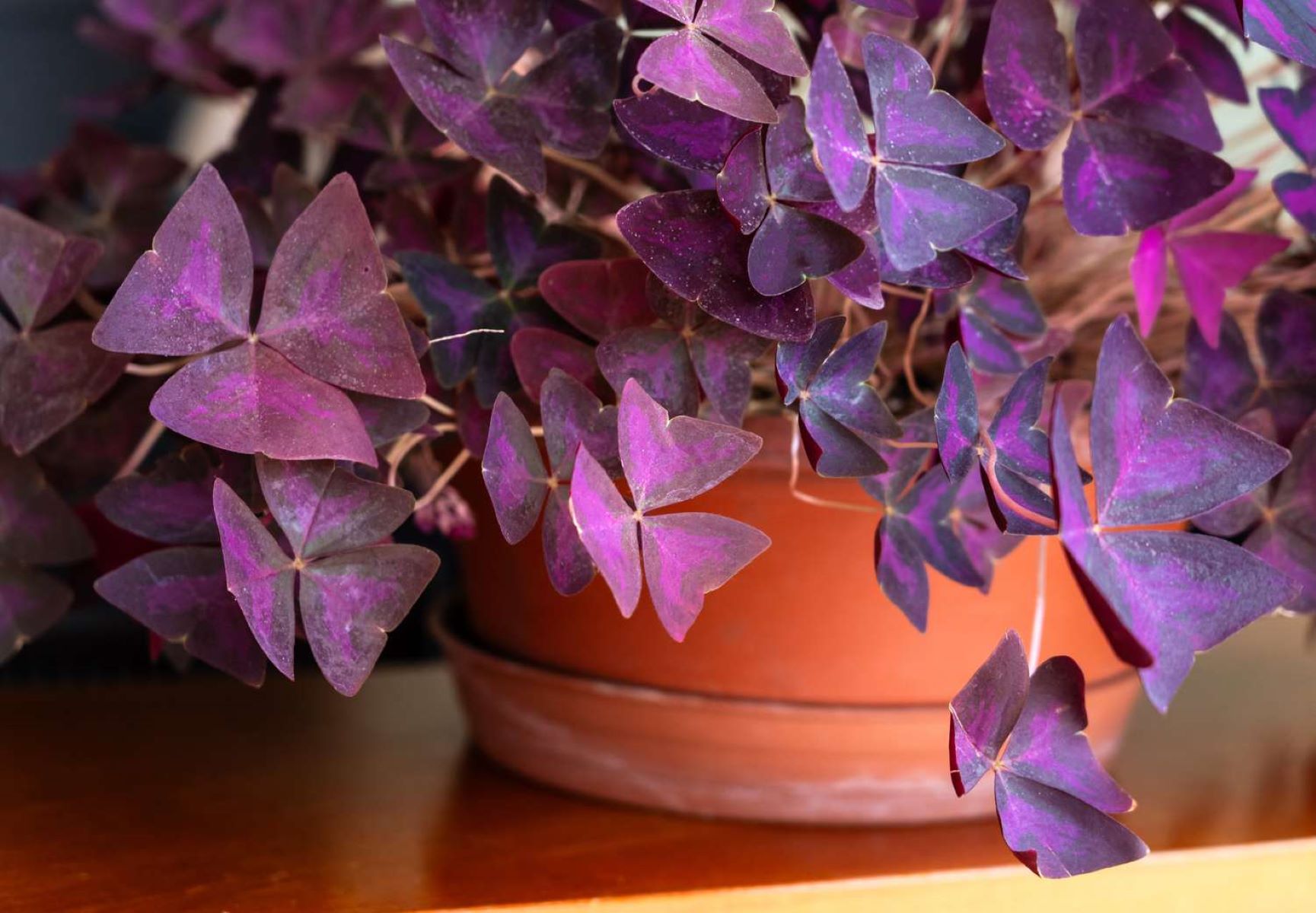

0 thoughts on “Indoor Croton Plant Care: Colorful Foliage Houseplant Guide”